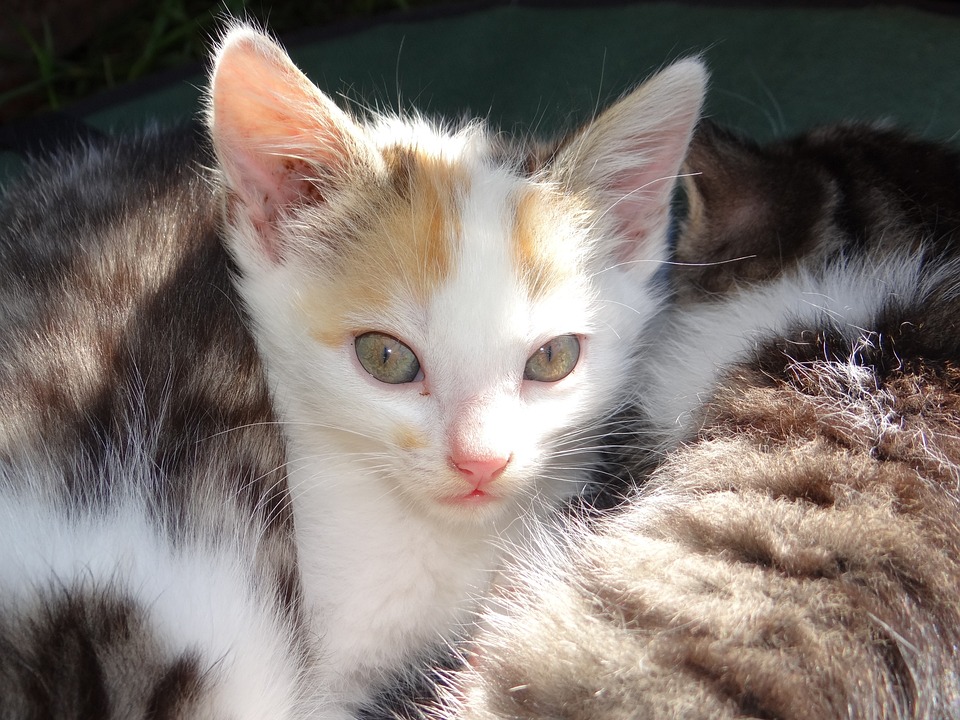Preventing and Managing Hairballs in Cats with Long and Fine Fur
Introduction:
Hairballs are a common issue faced by cats, especially those with long and fine fur. These hairballs, formed when cats groom themselves and swallow loose fur, can cause discomfort and even serious health complications if not properly managed. In this article, we will discuss various prevention and management strategies to help cat owners keep their feline companions hairball-free and healthy.
Prevention Strategies:
1. Regular Brushing:
Regular grooming plays a crucial role in preventing hairballs in cats. For long and fine fur cats, it is important to select the right type of brush. Slicker brushes or combs with fine teeth are ideal for removing loose fur without causing any harm to the cat’s delicate coat. Brushing should be done gently to minimize shedding and hairballs.
2. Proper Nutrition:
A well-balanced diet is essential for maintaining healthy fur and minimizing hairballs. Choose a high-quality cat food that contains essential nutrients, such as omega-3 fatty acids, which promote healthy skin and fur. Additionally, hairball control cat foods and supplements are available that help cats pass hairballs more easily.
3. Increased Hydration:
Proper hydration is important for digestion and preventing hairballs. Encourage your cat to drink more water by providing fresh water sources and offering water-rich foods, such as wet cat food. Using cat fountains or water bowls with flowing water can also attract cats to drink more.
4. Environmental Enrichment:
Stress can contribute to excessive grooming and the formation of hairballs. To prevent this, provide your cat with plenty of physical and mental stimulation through interactive playtime and the use of cat toys. Creating a safe and comfortable environment for your cat will help reduce stress and minimize hairball-related issues.
Management Techniques:
1. Regular Veterinary Check-ups:
Regular visits to the veterinarian are essential for preventing and managing hairballs. Veterinarians can identify any underlying health issues that may be causing excessive shedding and hairball problems. They can also recommend professional grooming and hairball treatments if necessary.
2. Hairball Remedies:
Hairball lubricants and gels can help cats pass hairballs more easily. These products are typically petroleum-based and can be given orally or added to their food. Alternatively, natural remedies such as pumpkin or malt-based products can also be effective. It is important to discuss appropriate options with your veterinarian before using any hairball remedies.
3. Home Care:
Regular cleaning and vacuuming can help reduce loose fur in the environment, minimizing the chances of cats ingesting excessive fur. Lint rollers and pet hair removal tools are useful for removing fur from furniture and other surfaces. Opt for cat-friendly grooming and cleaning products to ensure the safety and well-being of your cat.
4. Behavioral Modifications:
Identifying and addressing excessive grooming habits is crucial in managing hairballs. If your cat tends to over-groom, try to identify and address the underlying cause of stress or anxiety. Stress reduction techniques, such as providing a calm and enriched environment or using Feliway or pheromone diffusers, can help minimize over-grooming and hairball issues.
FAQs (Frequently Asked Questions):
1. How often should I brush my cat’s fur?
It is recommended to brush your cat’s fur at least once a day for long and fine fur cats.
2. Are there specific cat foods that help prevent hairballs?
Yes, there are hairball control cat foods available that contain specific ingredients to help prevent hairball formation.
3. Can hairballs be dangerous for cats?
Hairballs can sometimes cause intestinal blockages, which can be dangerous if not treated promptly. It is important to monitor your cat’s behavior and seek veterinary care if you notice any signs of distress.
4. My cat vomits frequently. Could it be due to hairballs?
Frequent vomiting can be a sign of hairball issues. Consult with your veterinarian to determine the underlying cause and appropriate treatment.
5. Will shaving my cat’s fur reduce hairballs?
Shaving your cat’s fur may reduce the amount of loose fur ingested, but it does not entirely eliminate hairball problems. Regular grooming and other preventive measures are still necessary.
6. Are hairball remedies safe for long-term use?
Hairball remedies are generally safe for long-term use, but it is important to follow the recommended dosage and consult with your veterinarian if you have any concerns.
7. How long does it take to see improvements with preventive measures?
The time it takes to see improvements can vary depending on the individual cat and the severity of the hairball problem. Consistency with preventive measures is key, and it may take several weeks to notice significant improvements.
8. What signs indicate a hairball obstruction requiring immediate veterinary care?
Signs of a hairball obstruction include persistent vomiting, loss of appetite, lethargy, and constipation. If you notice any of these symptoms, seek immediate veterinary care.
9. Are there any natural remedies for hairballs?
Natural remedies such as pumpkin or malt-based products can help cats pass hairballs more easily. However, it is important to consult with your veterinarian before using any natural remedies.
10. Can hairballs be prevented entirely in cats with long and fine fur?
While it may not be possible to prevent hairballs entirely in cats with long and fine fur, regular grooming, proper nutrition, and other preventive measures can greatly reduce the frequency and severity of hairball issues.
Conclusion:
Preventing and managing hairballs in cats with long and fine fur requires a combination of preventive strategies and proper management techniques. Regular brushing, proper nutrition, increased hydration, and environmental enrichment are essential in preventing hairballs. Regular veterinary check-ups, hairball remedies, home care, and behavioral modifications are important in managing hairball issues. By following these strategies and providing a safe and comfortable environment for your cat, you can help ensure their overall well-being and minimize the discomfort caused by hairballs.








